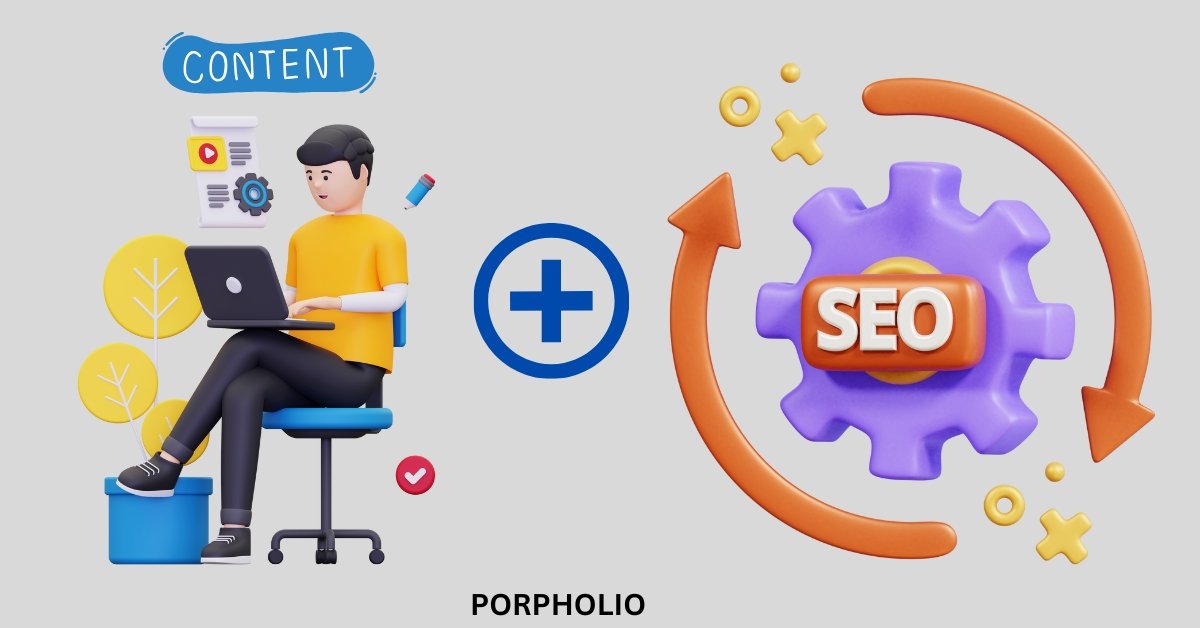
In today’s digital landscape, local SEO (Search Engine Optimization) is crucial for small businesses aiming to stand out in their communities. Unlike traditional SEO, which focuses on broader search terms, local SEO hones in on optimizing your business’s online presence to attract local customers. Here’s a comprehensive guide to mastering local SEO and enhancing your visibility in local search results.
1. Claim and Optimize Your Google My Business (GMB) Listing
Google My Business is the cornerstone of local SEO. It allows you to manage how your business appears on Google Search and Maps. Here’s how to get started:
- Claim Your Listing: If you haven’t already, claim your GMB listing to gain control over the information displayed.
- Complete Your Profile: Fill out every section, including business name, address, phone number, website, hours of operation, and categories. The more information you provide, the better.
- Add Photos: Upload high-quality images of your business, products, or services. Photos help attract customers and can improve your ranking.
- Collect and Respond to Reviews: Encourage satisfied customers to leave reviews and respond to them promptly. Positive reviews build credibility and improve local rankings.
2. Optimize Your Website for Local Search
Your website should reflect local SEO best practices to ensure you rank well in local searches. Here’s what you can do:
- Include Local Keywords: Research keywords relevant to your business and location. Incorporate these into your website’s content, meta descriptions, titles, and headings.
- Create Location-Specific Pages: If you have multiple locations, create separate pages for each one with unique content tailored to each area.
- Add a Local Business Schema Markup: Implement schema markup to help search engines understand your business’s details and improve your chances of appearing in local search results.
3. Build Local Citations
Citations are mentions of your business on other websites. They help search engines verify your business’s existence and credibility. Here’s how to build them:
- Submit to Local Directories: Ensure your business is listed in relevant local directories like Yelp, Yellow Pages, and others.
- Ensure Consistency: Make sure your business name, address, and phone number (NAP) are consistent across all citations. Inconsistencies can confuse search engines and affect your rankings.
4. Create Local Content
Content tailored to your local audience can boost your local SEO efforts. Consider these strategies:
- Write About Local Events: Blog about events happening in your area and how your business is involved.
- Feature Local Stories: Share stories or case studies about local customers or community involvement.
- Use Local Language: Incorporate local terms and phrases in your content to resonate with your audience.
5. Engage with the Local Community
Building a strong presence in your community can positively impact your local SEO. Here’s how to get involved:
- Sponsor Local Events: Participate in or sponsor local events and promote them on your website and social media.
- Collaborate with Local Influencers: Partner with local influencers or bloggers to increase your visibility and credibility.
- Get Listed in Local Newspapers and Magazines: Reach out to local publications for mentions or features.
6. Monitor and Adjust Your Strategy
SEO is not a one-time task but an ongoing process. Regularly monitor your local SEO efforts and make adjustments as needed:
- Track Your Rankings: Use tools like Google Analytics and Google Search Console to track your local search performance.
- Analyze Competitors: Keep an eye on your competitors’ local SEO strategies and adjust your approach accordingly.
- Update Your Information: Regularly update your GMB listing and website with any changes to your business.
Conclusion
Mastering local SEO can significantly enhance your small business’s online visibility and attract more local customers. By optimizing your Google My Business listing, tailoring your website content, building local citations, and engaging with your community, you can improve your local search rankings and drive more foot traffic to your business. Remember, local SEO is an ongoing process that requires regular attention and adjustments to stay ahead of the competition.
Start implementing these strategies today and watch your local presence grow!
RELATED POSTS
View all



